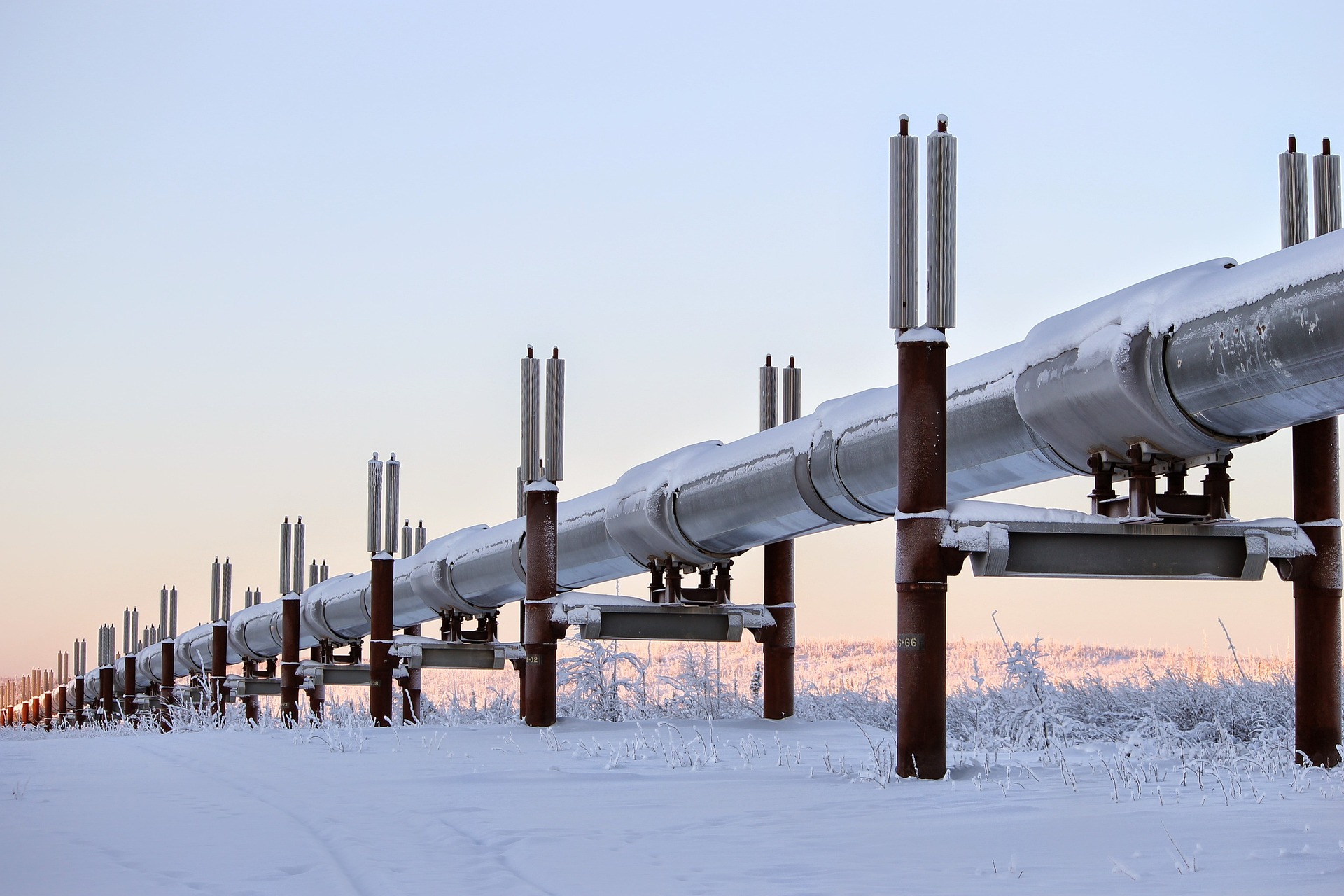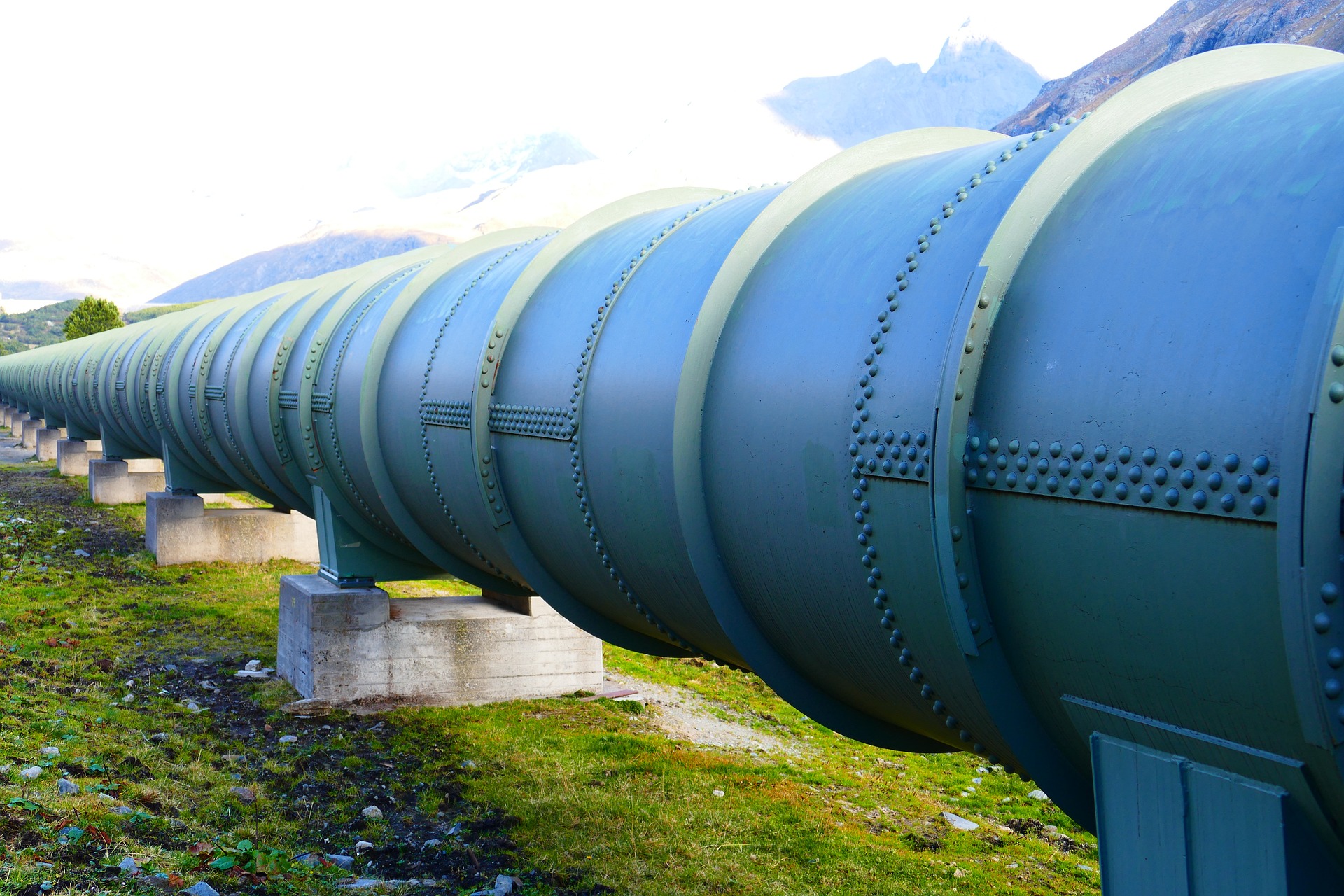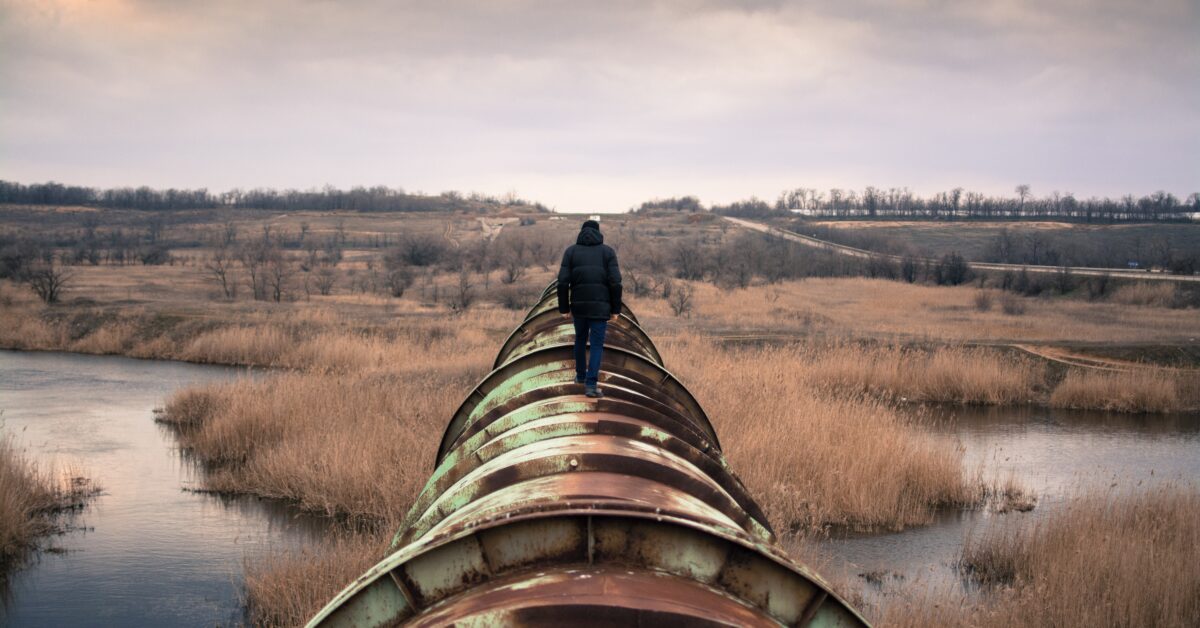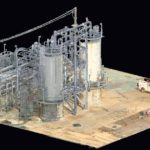The oil and gas industry is one of the most important sectors in the global economy, consisting of a vast network of companies and organizations behind the exploration, extraction, refinement, and distribution of fossil fuels.
These fuels include crude oil, natural gas, and the various byproducts derived from them. Crude oil (liquid petroleum that is found underground) is the United States’ most used energy source. Crude oil supplies 65% of the energy that’s used in a wide array of applications, from transportation to heating and electricity generation.
The oil and gas industry encompasses a diverse range of activities, from the exploration and drilling of new oil and gas fields to the construction and maintenance of pipelines and refineries. The industry is also heavily regulated, with governments and international organizations playing a crucial role in overseeing safety, environmental impact, and other aspects of the industry’s operations.
Despite oil and gas providing a large majority of the world’s energy, the industry is also largely controversial. The largest concerns surrounding the oil industry are those affecting environmental impact, climate change, and the long-term sustainability of fossil fuels.
There has been increased pressure in recent years to transition to cleaner, more sustainable sources of energy, such as renewable energy sources like solar, wind, and hydropower, often utilized by civil and environmental engineers.
What Is an Oil Pipeline?

via Pixabay
An oil pipeline is a long-distance transportation system used to transport crude oil and other petroleum products from one location to another. They enable the efficient and cost-effective transport of large quantities of oil over great distances.
Typically made of steel, oil pipelines consist of a series of interconnected sections, or pipe segments, that are welded together to form a continuous pipeline. The pipeline is buried underground, typically several feet deep, to protect it from damage and to minimize the risk of oil spills.
The oil is transported through the pipeline by means of pumps, which move the oil through the pipeline at a steady pace. The oil is typically transported at high pressure, which helps to keep it flowing smoothly through the pipeline.
Oil pipelines are a crucial part of the infrastructure that enables the oil and gas industry to function effectively. They provide a safe, reliable, and efficient means of transporting large quantities of oil from production sites to refineries, distribution centers, and other destinations.
However, they also pose certain environmental and safety risks, and their construction and operation must be carefully managed to minimize these risks and ensure the safety of people and the environment. Civil engineers are widely involved in the production of pipelines, seeing as they are large infrastructure projects.
Different types of civil engineers work collaboratively to ensure that the structures are built with safety and sustainability at the forefront, as pipeline accidents can massively harm both humans and the environment.
How Long Does It Take to Build an Oil Pipeline?
The timeline for building an oil pipeline can vary significantly depending on a number of factors, such as size, government bodies and regulations involved, results of land surveys, and type of terrain on which the pipeline will be built. Generally, the process of building an oil pipeline will take several years from start to finish.
The first phase of building an oil pipeline typically involves conducting feasibility studies and securing necessary regulatory approvals. This can take several months to a year or more, depending on the complexity of the project and the regulatory environment.
Once regulatory approvals are obtained, construction of the pipeline can begin. This can involve clearing land, laying the pipeline, and installing pumping stations and other infrastructure. Depending on the length and complexity of the pipeline, this phase can take several months to several years to complete.
After construction is complete, the pipeline must be tested and inspected to ensure that it meets safety and environmental standards. This can take anywhere from several weeks to several months depending on the project.
Overall, the process of building an oil pipeline can take several years, with some projects taking a decade or more from start to finish. However, the average time it takes to complete a pipeline from conception to completion is three to four years.
It is important to note that the timeline for building an oil pipeline can be impacted by a wide range of factors, including regulatory delays, legal challenges, and environmental concerns.
Factors That Affect the Length of Time It Takes to Build an Oil Pipeline
There are many crucial considerations that companies must consider before taking on the task of building an oil pipeline. One of these factors is time. Before launching the project, every stakeholder should have an idea of how much time it will take to complete it. Setting clear expectations before the project begins is a good way to ensure everyone’s on the same page.
So, what kinds of things affect how long it takes to build an oil pipeline? In this section, we will go into several factors that will likely come into play, including size, the government or regulatory bodies involved, the results of a land survey, and differences in terrain.
Size
The size of an oil pipeline project impacts the timeline for completion due to the increased complexity and scale of the project. Larger pipelines require more extensive planning, engineering, and construction work—not to mention a greater amount of materials for construction—which can prolong the project timeline.
Additionally, larger pipelines may require additional regulatory approvals and environmental assessments, which can also add to the time required for completion. Overall, the size of an oil pipeline project can significantly impact the timeline for completion, and it is important to carefully consider the scope and complexity of the project when planning and executing pipeline construction.
Government Bodies Involved
Government bodies play a crucial role in the approval process for oil pipeline projects, and their involvement can impact the length of time it takes to build a pipeline. The regulatory process for pipeline construction can be complex and time-consuming, involving extensive environmental assessments, public consultations, and other requirements.
Delays in obtaining necessary approvals from government bodies can prolong the timeline for pipeline construction. Additionally, government bodies may impose additional requirements or conditions on pipeline construction, which can further impact the timeline for completion.
As a result, the effective engagement of and collaboration with government bodies is essential for ensuring the timely and efficient completion of oil pipeline projects.
 via Pixabay
via Pixabay
Results of Land Survey
All pipelines must complete a land survey prior to the start of construction. Land surveys are an important component of the planning and construction process for oil pipelines, and their results can impact the length of time it takes to build a pipeline.
Surveying helps to identify potential obstacles or hazards that may need to be addressed during construction, such as steep slopes, water bodies, or historical cultural or archaeological sites. If issues are identified during the surveying process, additional planning, engineering, or mitigation measures may be required, which can add time and cost to the project.
Additionally, land surveys may need to be conducted multiple times throughout the project to ensure compliance with regulatory requirements, which can further impact the timeline for completion.
Differences in Terrain
The terrain through which an oil pipeline is constructed can have a significant impact on the length of time it takes to build. For example, building a pipeline through flat and open terrain would likely be faster and less complex than building through rugged or mountainous terrain.
In mountainous regions, the pipeline may require extensive engineering and construction techniques to account for changes in elevation, steep slopes, and unstable ground conditions. Additionally, building through dense forests or areas with wetlands or rivers can add additional challenges and increase construction time.
The presence of obstacles like hills, valleys, and water bodies can also require more time for surveying, planning, and construction. Therefore, the length of time it takes to build an oil pipeline depends heavily on the characteristics of the terrain through which it is being built.
Design Considerations
Another factor that will impact how long an oil pipeline takes to build is the design process. Civil engineers will be highly involved in this part of the project and will perform calculations related to the maximum and working pressures of the pipeline, the chemical properties of the fluid being transported, and the fluid velocity.
They will also consider information about the maximum and working temperatures of the pipeline as well as the pipe material and grade, and the safety factor or code design application. Depending on the complexity of each different pipeline, these factors will take varied amounts of time to work through.
Material Procurement
Most pipelines used for gathering and transmission purposes are constructed out of steel, although there are some gas pipelines made from plastic, iron, composite, and other materials. When a pipeline is first being built, the construction crew will need to ensure all of these materials are available.
Sometimes, supply chain issues can slow down this part of the process. It’s important that the civil engineering and building teams work together with other stakeholders to make sure that all materials are available and affordable.
Landowner Disputes
When pipelines are being built, the pipeline company and other stakeholders often have to negotiate with landowners in order to secure the pipeline’s right-of-way. That process likely involves easements to send the pipeline through privately owned land in order to get it to its destination in the most efficient way possible.
Landowners have the right to legal representation in these situations, so if a pipeline encounters severe opposition from landowners, the design and construction process may be significantly slowed down.
What Is the Longest Oil Pipeline in the World?
The longest oil pipeline in the world is the Colonial Pipeline located in the U.S., which spans from Texas to New York. It is 5,500 miles long and consists of three different tubes. The Colonial Pipeline can carry 3 million barrels of fuel per day.
In second place is the Druzhba Pipeline, which runs from Russia to Western Europe and supplies much of Europe’s oil needs. It’s about 3,400 miles long and held the title of the world’s longest pipeline for many years before the Colonial Pipeline was constructed.
What Is the Longest Oil Pipeline in the U.S.?
More than half of the world’s oil pipelines are in the U.S., and since the Colonial Pipeline is located in the U.S., the longest pipeline in the U.S. is also the longest pipeline in the world. Other large pipelines in the U.S. include the Rockies Express and the Keystone Pipeline.
Which Country Has the Most Oil Pipelines?
The United States has the most oil pipelines in the world, with a network of pipelines spanning more than 2.6 million miles according to the U.S. Department of Transportation. This extensive pipeline network is used to transport hundreds of billions of tons/miles of liquid petroleum and natural gas to refineries, markets, and export terminals throughout the country. Other countries with significant oil pipeline infrastructure include Russia, Canada, and China.
Final Thoughts
Oil pipelines provide vital energy to both the U.S. and the world. Oil also is a large export for the United States, playing a major role in both the American and global economies. Civil engineers work to ensure that pipelines are built with the utmost safety in mind. However, pipelines are not without risks, and they are not a renewable source of energy.
Oil pipelines can also take up to ten years to fully complete from start to finish. Nevertheless, engineers are key players in the production of safe and long-term oil pipelines. To learn more about the role civil engineers play in the production of pipelines, head over to our engineering service page.





